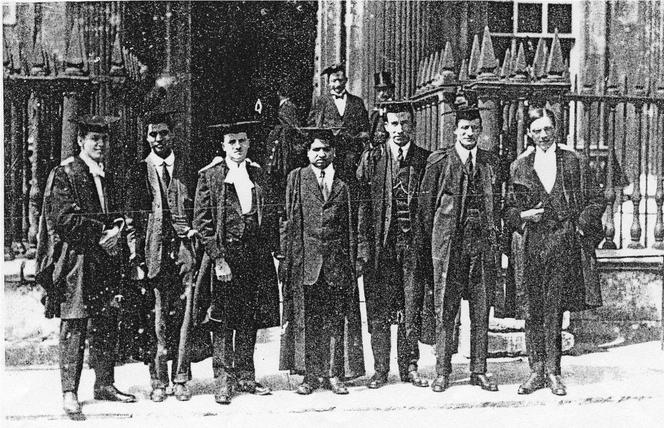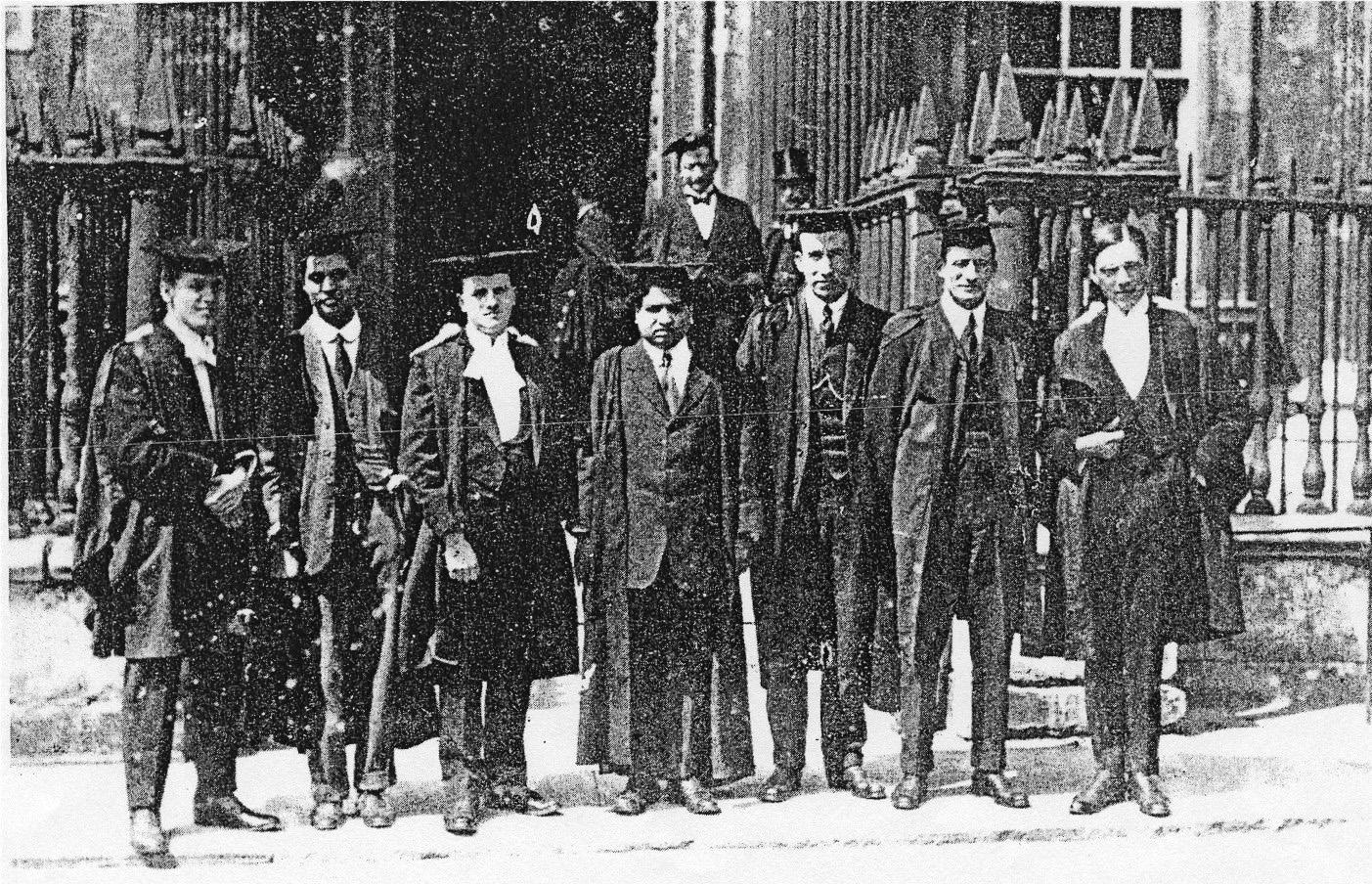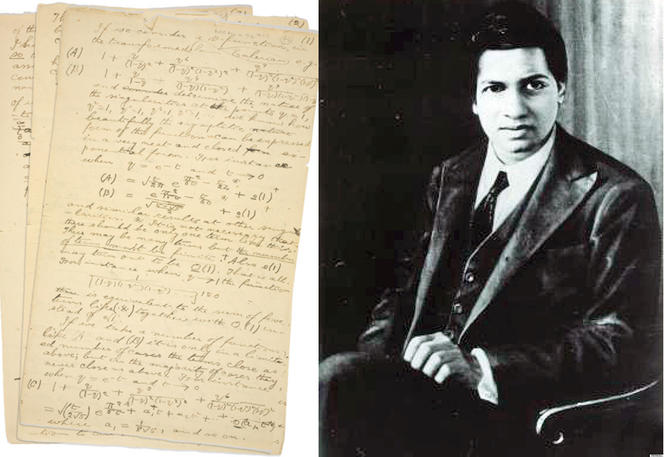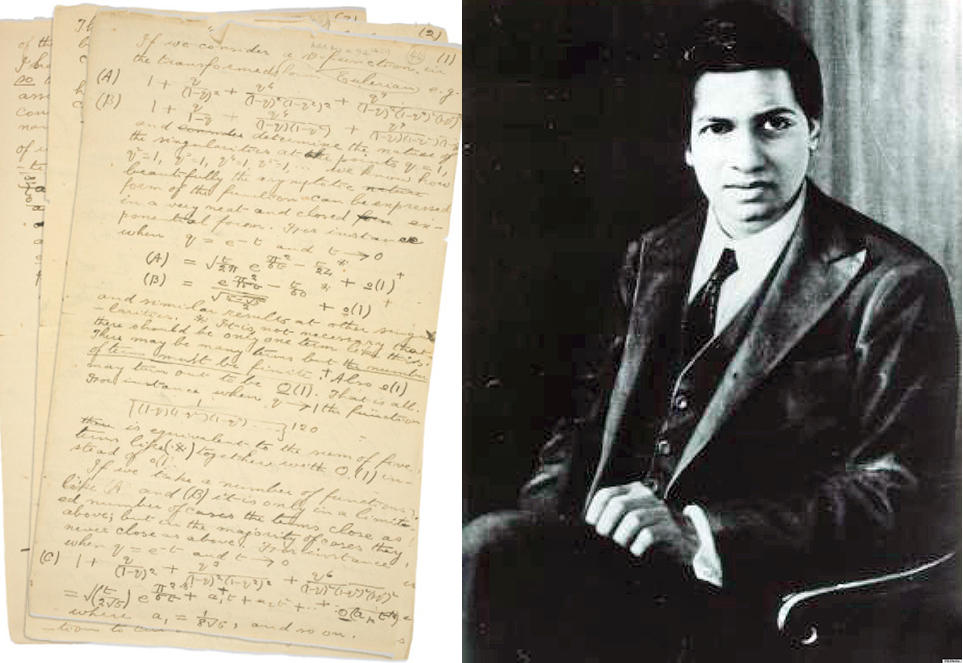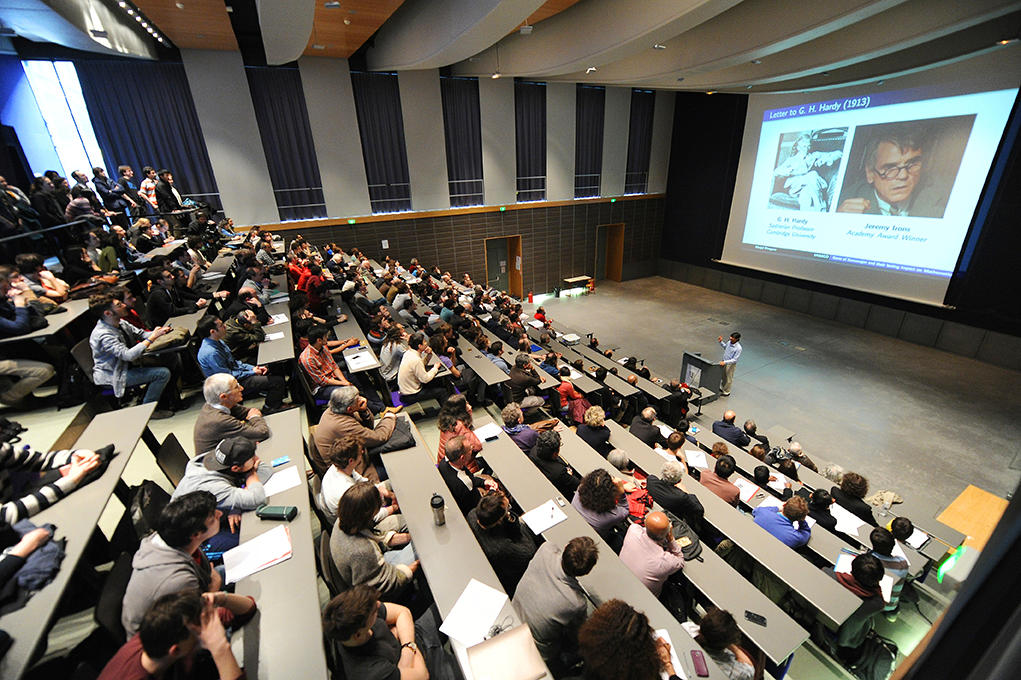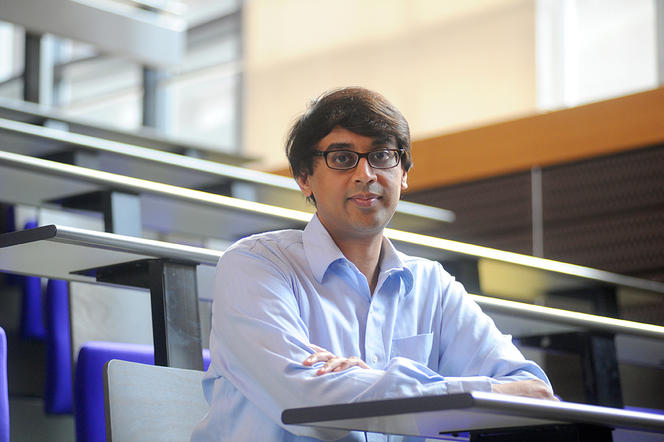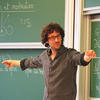You are here
Ramanujan: The Man Who Knew Infinity
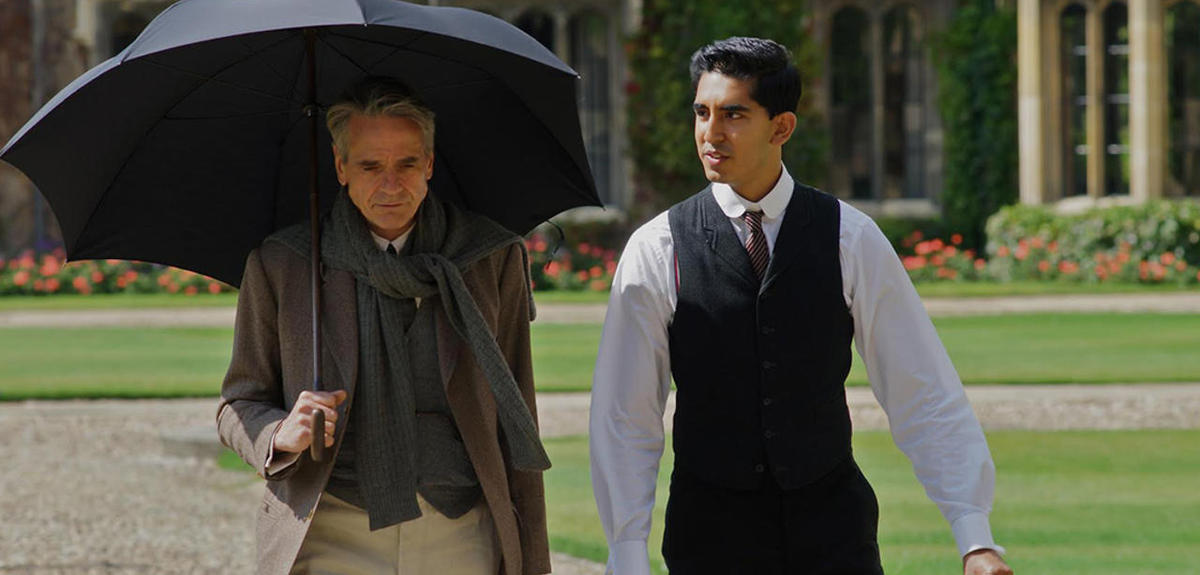
Ramanujan’s story seems almost implausible.
Manjul Bhargava:1 Indeed. The context is India at the turn of the 20th century. Ramanujan was born in 1887 into a very poor family, in Erode, a small town in what is now Tamil Nadu. He was an outstanding student, obtained a scholarship to go to college, but his mathematics level went well beyond what he was learning there, so he began to work on his own. At only 13, he discovered some aspects of trigonometry all by himself. In fact, when it did come up in school, he was disappointed that it already existed.
Which would become somewhat of a leitmotif.
M.B.: Yes, he would discover entire fields of mathematics only to find out later that it had already been done. But what’s important here is that he didn’t have much formal education—most of this passion for mathematics was awakened by a textbook published in 1886 called A synopsis of elementary results in pure mathematics, by G.S. Carr. It contained about 6000 theorems, mostly with references to proofs—so little in term of explanations. He then proceeded to understand these expressions in his own way. In fact, he spent so much of his time on mathematics that he failed college. He eventually became a clerk, which gave him enough time to devote himself to his passion. Yet no one around him could understand what he was working on, or know whether he was correct. They encouraged him to share some of his theorems with mathematicians elsewhere, so he began to send letters across the world.
And thankfully, one of them reached G.H. Hardy in Cambridge (UK).
M.B.: At that time, Hardy was possibly one of the best mathematicians in number theory. Ramanujan’s letter contained many pages of his mathematics with a cover letter that started off like this: 'I beg to introduce myself to you as a clerk in the Accounts Department of the Port Trust Office at Madras.' Most people would have just thrown this letter out.
But it gets better.
M.B.: Yes, he followed it with 'I’ve had no formal university education…' Yet Hardy continued to read, and recognized the quality of the mathematics. The first equation has to do with analytic continuation in complex analysis. But the way Ramanujan arrived at it was entirely new and extremely creative. Hardy had his doubts, of course, but he later wrote in his journal that these equations must have been true, ‘since no one would have the imagination to invent them.’
This correspondence marks the start of one of the greatest collaborations in mathematics.
M.B.: Ramanujan then left his family for Cambridge to work with Hardy on making the proofs. The British mathematician supplied the classical training that Ramanujan never had. In the five years he spent there and for his field-changing work, he was elected fellow at the Royal Society—one of the greatest honors for any mathematician at the time. Yet fruitful as this collaboration was, he never adapted to British life. As a vegetarian—which was unheard of at the time in Britain—he had trouble finding suitable food and suffered from severe malnutrition. He fell very ill, but managed to travel back to India after the war where he died one year later, in 1920, at only 32.
And during the last year of his life, when he was ill in India, he managed to fill an entire notebook—known as ‘the lost notebook’—that would be rediscovered in 1976.
M.B.: We don’t know that he wrote it all in the last year, some of it were loose sheets. But yes, it’s as if he left us another lifetime of work to explore. We’re still trying to understand some of it today—and when we do, it often transforms entire areas of mathematics. A lot of the greatest work on the field in the 20th century, including that of Andrew Wiles, who received the Abel prize this year, has involved some of his ideas. Another example is Pierre Deligne, who was awarded the Fields medal in 1978, partly for his proof of the Ramanujan conjecture.
What part of his work had the most influence on you?
M.B.: His work on universal quadratic forms, even though it may not necessarily be the most important thing he did. These quadratic forms take every positive integer number value. Lagrange’s Four Squares theorem says that a2+b2+c2+d2 takes every positive integer value. Ramanujan asked whether we could write other quadratic expressions that take every positive integer value. And he developed a technique in one of his papers that allowed a colleague, Jonathan Hanke, and myself to completely solve this problem when I was in graduate school. That was the most impactful part of his work for me personally.
What could we say about Ramanujan’s broader legacy?
M.B.: I feel that there are really two lessons from his story. One is just the incredible effect that his mathematics had on the field and on neighboring ones. I always found the sort of mathematics that he did so original, it wasn’t affected by mainstream thinking—and that’s something I take on board when I do mathematics. If I’m interested in a problem, I often try not to look at any of the prior work that’s been done so as to not be influenced by it. This helps me find my own path. Because if people haven’t solved a particular problem, it may be good not to learn the way they tried to solve it in the first place.
Yet he did spend a lot of time reinventing things we already knew.
M.B.: Yes, a lot of his time was wasted—because he didn’t have access to education. One should know what is known and what is not. Finding that perfect balance so as not to be too influenced in one's work either is the key but difficult part.
And you are an educator yourself, you understand the challenge.
M.B.: This is my issue with the education system in mathematics: problems are given, then steps are explicitly written down on how to solve them. Everybody memorizes these steps and blindly applies them. That’s how mathematics is often taught in school. One of the things that Ramanujan’s example shows is that if students are encouraged to find their own paths, to be creative… with hints, of course, they experience the joy of discovery, learn the creative process that is so important to mathematics research later on—and to innovation in general. When you learn to solve a problem in your own way, you never forget it.
Do you see these same problems with mathematics education the world over?
M.B.: There are definitely variations between countries. The way things are taught in India is a bit different from how they are taught in the US—these are the two countries I am most familiar with. But overall, even if some steps are different, we teach children mathematics in this same way all over the world. Of course, the alternative means more work for the teacher. There are schools that do provide these alternatives—magnet schools2 in the US, for example. I teach classes at Princeton along those principles, with great results.
In fact, you sometimes use music—you’re an accomplished tabla player—but also Sanskrit poetry and even magic to teach some classes.
M.B.: I sometimes start the class with a magic trick, and have everyone discuss what happened. What are the possibilities? Then I can guide my students a little bit. Sometimes they will find an entirely new way of doing a trick. The point is for everyone to try and solve a problem on their own and contribute ideas until they figure out the mathematics behind it. When you think about it, that’s really the way mathematics research really happens.
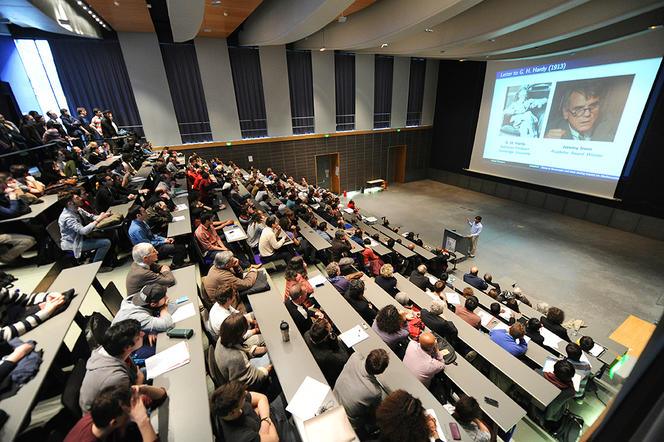
What is the second lesson from Ramanujan's story?
M.B.: In poor countries where education is not systematic… it’s clear that we miss a lot of talent. We must try to do our best to nurture and cultivate it everywhere we can because talent can come from the poorest backgrounds, across gender, across cultures—and India is a telling example of that.
You’ve mentioned before that Ramanujan is not as famous in India as he is in the rest of the world, yet you believe this has more to do with education than anything else.
M.B.: The first issue is that there hasn’t been that much money put into education in India. A lot of work still needs to be done to keep textbooks updated—some that are still in use today date back to colonial times. Another issue is that there is a lot of talent in the country, but when parents have a child who is very good at mathematics, they often push them towards engineering, or medicine. These are prestigious jobs in India, where you know you’ll be able to support a family. It’s an economic issue, again. So very few people who are very talented in mathematics will actually go into mathematics. It’s changing now, but working in academia in India used to mean you couldn’t really support a family.
And you do a lot of work in India to promote mathematical research.
M.B.: I do. In India now, there’s an equivalent of the Indian Institutes of Technology (IIT) for science research, called the Institutes of Science Education and Research (IISERs)—which just opened in the last few years. The public is largely unaware of them, so I try to bring attention to the fact that they have thousands of vacancies, and come with huge research grants because the government has invested heavily in scientific research. Yet this mindset—which has been around for 50 years—is difficult to change. We want to speed things up as much as we can because it’s essential for the country’s long-term development.
And one of the ways to change this mindset is by turning mathematicians into superstars, or movie stars. You are an associate producer on The Man Who Knew Infinity, based on the biography by the same name starring Dev Patel as Ramanujan and Jeremy Irons as Hardy. This film has been in production for 10 years. That’s a long time even by Hollywood standards.
M.B.: We’ve actually gone through four directors. It was tough, because in Hollywood, there haven’t been that many films where the lead character is not an American. To have an Indian was already difficult, and for that character to be a mathematician, can you imagine? It was hard to convince distributors and get the funding. Many were tempted to change the story.
And make Good Will Hunting.
M.B.: Right, they took elements of Ramanujan's story, and transposed it in Boston, which naturally slowed down the process of telling Ramanujan's true story.
What was your role in the production process?
M.B.: I thought I was only going to make sure the mathematics looked right. But in the end, I even spent time in the editing studio, helping the editor and director decide which takes looked more authentic… how mathematicians would really be talking. The challenge, of course, is to make mathematics appealing to the general public. To be able to talk about it on screen and not have everybody ‘turn off.’ Mathematicians love what they do, and we need to bring that out and make the audience feel it. I think the film does that very well, unlike others in the past that have shied away from it.
Like the John Nash-based A Beautiful Mind?
M.B.: It was a great movie, but the mathematics of the story was, for the most part, taken out. Also, it wasn’t really the true story. Professor Nash was a friend and colleague at Princeton, and once I asked him about the film and how he felt they portrayed him. He loved it, but said: 'it’s not really about me. It’s about someone who had some events in their life that were somewhat similar to some events in my life.' So The Man who Knew Infinity is very different in that sense.
So this movie is the real deal.
M.B.: The current director, Matt Brown, didn’t want to change anything, to the extent possible. Matt said he had offers for funding provided he would have Ramanujan's character have an affair with a white nurse—the investors thought this would attract bigger audiences. Luckily, Matt had too much integrity for that. To paraphrase Hardy, the real story is more amazing than anything we could possibly imagine, so why change the true details?
- 1. Manjul Bhargava is a Canadian-American mathematician of Indian origin. He is the R. Brandon Fradd Professor of Mathematics at Princeton University, the Stieltjes Professor of Number Theory at Leiden University, and also holds Adjunct Professorships at the Tata Institute of Fundamental Research, the Indian Institute of Technology Bombay, and the University of Hyderabad. He is known primarily for his contributions to number theory, which earned him a Fields Medal in 2014.
- 2. In the US, education system, magnet schools are public schools with specialized courses or curricula. "Magnet" refers to how the schools draw students from across the normal boundaries defined by authorities.


